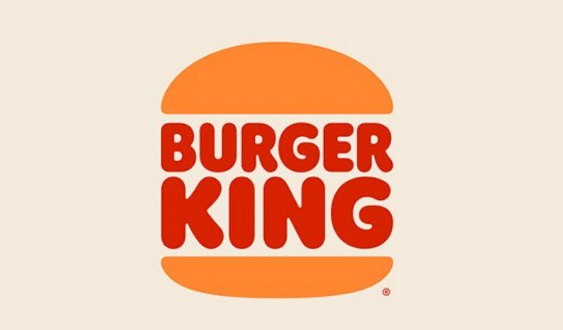The immediate answer that many people will give to this question is that their business website is for their target audience. This will be true, but it’s also something that has to work as an effective introduction to your brand for those who have never heard of you. On top of that, it has to be something that works well when used as a point of comparison against the websites of your competitors.
Making a platform that’s as inclusive and accessible as possible could be positive, but you have to make sure that your website still has a strong sense of focus so that it doesn’t get lost in generalities.

Meeting the Standard
You have to bear in mind when you’re crafting your website that your audiences have a lot of different websites to pull reference from. You have a lot of competition, in other words, and this competition comes from all industries rather than just your own. This doesn’t necessarily mean that you have to beat them all, but it might mean that you want to incorporate modern tools to create a competitively impressive platform despite the comparisons. Tools like an API management platform might help your team to do this, not only giving way to the utilization of APIs but doing so in a way that is secure and consistently positive.
Aesthetic Preferences
There are many different approaches that you could take when it comes to designing the aesthetic of your website. Of course, this isn’t something that you’re necessarily going to be deciding randomly once you begin designing the platform – it’ll be a consideration that you make in keeping with your branding thus far. There’s always the chance that this website might be part of a re-debut for your brand, meaning that the style you use here is different from what’s been seen before, but it has to at least be consistent with what else is debuted alongside it.
Minimalism has been a popular trend in recent years. It’s a style that’s worked very well for companies like Apple, which presents itself as a sleek, stylish, modern brand. You have to think about your own brand associations when weaving your aesthetic.
App Alternative
If your business also has an app available that represents an alternative to your website, you might want to ask yourself what the difference is between these platforms. Which of the two represents the optimum way to engage with your brand? The usual answer to that question is the app, but that doesn’t mean that your website doesn’t serve a purpose. People who are initially curious about your brand aren’t likely to immediately download your app; they’ll want to do some investigating of their own first, which might take them to your social media pages and your website.
You might divide it along the lines of your website providing information about your brand first and foremost, while your app is the driving, practical way to engage with your product or service.














